The MacBook Pro debuted on the cusp of Apple's transition to Intel-based processors in 2006 and has been the flagship laptop for the company since. It has flourished as the laptop of choice for Apple developers and continues to be one of Apple's most important products even after its transition to custom Apple Silicon.
The MacBook Pro runs macOS and uses proprietary Apple Silicon. The latest models have a unibody aluminum design, displays with a notch cutout, and a Magic Keyboard with Touch ID.
Apple revealed its entry into AI competition during WWDC 2024 and it is called Apple Intelligence. It is a privacy-focused feature set with on-device models that can call out to a server-side model powered by Apple Cloud Compute. Only Macs with M-series processors will have access to Apple's AI when they upgrade to macOS Sequoia.
Exclusive Deals Through AppleInsider

14-inch MacBook Pro M3
Use promo code APINSIDER to save on every M3 14-inch MacBook Pro at Adorama, plus $50 off optional AppleCare.
Buy from $1,399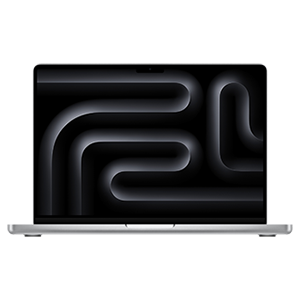
14-inch MacBook Pro M3 Pro or M3 Max
Every 14-inch M3 Pro or M3 Max configuration is up to $650 off in our 14-inch MacBook Pro Price Comparison Guide.
Buy from $1,699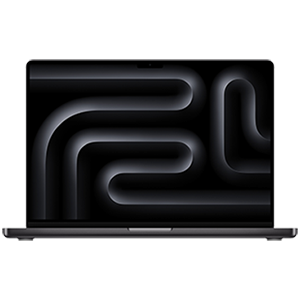
16-inch MacBook Pro M3 Pro or M3 Max
Every 16-inch MacBook Pro M3 Pro or M3 Max config is up to $360 off in our 16-inch MacBook Pro Price Guide.
Buy from $2,249Apple is expected to update the MacBook Pro to M5 at the end of 2025 — if trends continue. A lot depends on when Apple is able to ship the next-generation chipset and if M4 Ultra is going to release in the summer.
The Mac Studio was updated with M4 Max and M3 Ultra in early 2025, and Apple indicated that not every generation will get an Ultra chip. So, there's a chance that there won't be an M4 Ultra.
The new MacBook Pro models likely won't have any redesigned elements or external changes. Many of Apple's products will see a spec bump for M5, but recent hardware renovations mean designs will stay the same.
Apple Silicon release cycle
The M4, M4 Pro, and M4 Max were introduced in the 14-inch and 16-inch MacBook Pro in October 2024. These chipset upgrades were accompanied by display changes and a Nano Texture option.
All models now start at 16GB of RAM for better support of Apple Intelligence features.
The M3, M3 Pro, and M3 Max were revealed at once in October 2023, a release that saw the end of the 13-inch MacBook Pro. The spec bump didn't change much about the MacBook but it introduced the space black color for high end models.
The M2 processor was revealed during WWDC in 2022 and added to the existing 13-inch MacBook Pro. Unlike the M2 MacBook Air, the 13-inch MacBook Pro received no other notable changes to its design or functionality. In January 2023, Apple unveiled the M2 Pro and M2 Max processors for the updated MacBook Pro lineup.
The introduction of the M1 processor to the 13-inch MacBook Pro revitalized the product after it languished under Intel's slow product updates and poor optimization. Apple chose not to change the external appearance of its MacBook Pro lineup when it debuted the M1 in 2020. Then later, the 24-inch iMac was exemplary of what Apple can achieve when using its custom processors.
The M1 Pro and M1 Max processors were revealed alongside a redesigned 16-inch MacBook Pro and 14-inch MacBook Pro in late 2021. They abandoned the Touch Bar in favor of full-sized function keys and added several ports.
MacBook Pro — Design
Apple introduced the aluminum unibody design in the second-generation MacBook Pro, and that overall design has stuck around since. The chassis became thinner with each iteration of the MacBook Pro until Apple removed all legacy ports in favor of four USB Type-C Thunderbolt ports. However, Apple's 2021 models brought back the HDMI port and SD card slot in a slightly thicker case design.
All modern versions of the laptop have a large glass trackpad, an updated Magic Keyboard with scissor switches, and an Apple logo on the display case. The Touch Bar was present on the 13-inch MacBook Pro until it was discontinued in 2023. Additionally, all MacBook Pro models are equipped with a high-fidelity six-speaker sound system featuring force-cancelling woofers.
Apple's approach to case design has remained largely unchanged, even with a slight redesign to accommodate the additional ports and increased cooling needs in the 2021 models. Notably, Apple increased the size of the feet on the laptops to allow for better airflow underneath during regular use.
The M3 Pro and M3 Max models released in late 2023 are available in a new space black color option, replacing the previous space gray option. Apple brought space black to the entire M4 MacBook Pro lineup in 2024, but otherwise the industrial design didn't change.
MacBook Pro — Processors and Configurations
There are three sizes of MacBook Pro and twelve different processors available across four generations. The M4 processor family took over, but M3, M2, and M1 models can still be found at third-party retailers.
Customers can choose between the M4 Pro chip or M4 Max chip in either the 16-inch MacBook Pro or 14-inch MacBook Pro during purchase. Both models have identical port configurations, display specs, and designs — only the display size and battery life differ. The M1 Pro, M1 Max, M2 Pro, M2 Max, and M3 Pro, M3 Max configurations can still be purchased at select retailers, but Apple no longer offers them new.
The 13-inch MacBook Pro didn't get an M3 option, instead Apple included the M3 and then M4 in the 14-inch MacBook Pro. This machine replaces the low-end of the MacBook Pro line.
The base M4 has a 10-core CPU and a 10-core GPU that can be configured with up to 32GB of RAM. Dynamic Caching enables more impressive graphical processing like hardware-accelerated ray tracing and mesh mapping.
The M4 Pro has two configuration options. The base chip has an 12-core CPU and 16-core GPU while the upgraded version has a 14-core CPU and an 20-core GPU. It supports up to 48GB of RAM and 4TB SSD.
The Apple M4 Max chip takes things even further with a 14-core CPU and 32-core GPU. It can be upgraded with a 16-core CPU, a 40-core GPU, and up to 128GB of RAM.
Apple doesn't ship the Ultra chipset in MacBooks, but it is notable that the M3 generation won't be getting an Ultra. M4 Max outperforms M2 Ultra in benchmark tests.
I/O
Apple moved away from the scissor-switch mechanism in favor of a thinner "butterfly" mechanism in 2015 in the MacBook Pro, which led to several issues. The MacBook keyboards have been under heavy scrutiny since.
The first version of the butterfly keyboard launched with the tiny 12-inch MacBook. That now-retired laptop sacrificed processing power for an ultra-thin and lightweight design, including a keyboard mechanism prioritizing thinness over travel distance and reliability. The controversial butterfly switch led to numerous issues, including stuck or unresponsive keys. The company eventually started a warranty program to service MacBooks with noticeable keyboard problems.
In late 2019, Apple debuted an updated 16-inch MacBook Pro with a return to the scissor-switch mechanism. Apple called it the Magic Keyboard, with scissor switches resembling those on Apple's desktop keyboard of the same name.
Apple never quite solved the butterfly issue, no matter the design revisions and fixes it provided. The butterfly keyboard was replaced with the new Magic Keyboard across the MacBook lineup. The last one to receive the new keyboard was the 13-inch MacBook Pro, released in early 2020.
As rumors of thinner devices continue to surface, it seems Apple may encounter another keyboard redesign in the near future. The existing keyboard is sturdy and Apple can't have a repeat of the butterfly problem.
Trackpad
In 2008, Apple debuted a new trackpad that users could click anywhere on the surface. Before that, trackpads had included left-click and right-click buttons underneath the touch-cursor portion.
The third-generation MacBook Pro included an updated trackpad with a larger surface and pressure-sensitive haptics. Called the Force Touch trackpad, it replaced the mechanical clicking hinge with a haptic motor that approximates a click-through vibration. The trackpad doesn't click or operate without power since it has no moving parts.
3D Touch was an iPhone feature that popped up extra software options when applying pressure with a click. While Apple removed this from the iPhone, the MacBook trackpad still uses the Mac's equivalent Force Touch system. Apple still ships trackpads with Force Touch built-in, but it isn't emphasized in macOS.
Touch Bar
The controversial fourth-generation MacBook Pro did more to change the keyboard than the butterfly switch — it also introduced the Touch Bar. The OLED strip replaced the function key row entirely, leading to many user complaints. The Touch Bar includes Touch ID and the T1/T2 coprocessor.
Apple finally discontinued the Touch Bar after ending production of the 13-inch MacBook Pro in 2023.
The Touch Bar showed shortcut buttons based on the MacBook Pro's open and active application. Text suggestions, emoji, photo tools, and video timelines pop up depending on what a user is doing.
An altered version of watchOS powered the Touch Bar, operating entirely on the T1/T2 chip. This coprocessor also handled full disk encryption and storing Touch ID data.
Ports
The Apple Silicon MacBook Pros have multiple types of ports, a change from Apple's previous move to remove everything other than USB-C and a headphone jack. Now, users will find three Thunderbolt ports, an SD card slot, and an HDMI port on every M4 Macbook Pro.
Base M4 models get three Thunderbolt 4 ports while M4 Pro and M4 Max models get three Thunderbolt 5 ports.
The SD card slot doesn't offer the latest and greatest speeds, instead, it is limited to SDXC type cards. The HDMI port in 2023 models can output to a single 8K monitor at 60Hz or a 4K monitor at 240Hz.
Apple's return to various port types comes after years of customers complaining about needing adapters to make any connection that wasn't USB to USB.
Apple also brought back the MagSafe charging port in the MacBook Pro. This port is MagSafe 3 and can fast charge the 16-inch MacBook Pro at 140W for 50% battery in 30 minutes when an appropriate power adapter is used.
Retina Display
The Liquid Retina XDR Display is found in the 14-inch and 16-inch MacBook Pro models, while the 13-inch MacBook Pro features a standard Retina Display. The term "Retina" is used by Apple for displays with a high pixel density, making individual pixels indiscernible at normal viewing distances.
The Liquid Retina XDR Display utilizes mini-LED backlighting to achieve a higher dynamic range and improved black levels. It also features a 120Hz ProMotion display with a variable refresh rate, which presents content at its original frame rate. These advancements contribute to enhancing the overall battery life when viewing specific content.
M4 MacBook Pro models have a display that can be made much dimmer in dark environments. The display can also reach 1,000 nits for SDR content in bright environments.
Tandem OLED could make its way to MacBook Pro, but it isn't clear how soon given the expensive nature of these panels. The upgrade from mini-LED backlighting would be immense, but costly.
macOS Sequoia
Announced at WWDC 2024, macOS Sequoia brings a number of new features to Apple computers. Here are some of the notable updates MacBook Pro owners can expect.
Improved Window Tiling
An improvement has been made to the existing window management features. The window tiling now works similarly to some third-party management apps.
You can drag a window to a spot on the screen, and it will automatically reposition itself. For example, placing it on the far edge of a screen can cause it to expand and fill the left half of your MacBook Pro display.
Messages
Users can now add different effects to the text they send to others, such as bold, italics, and underlining. Also, in Messages, users can schedule messages to be sent to contacts at specific times, which is handy for sending out important news, reminders, and time-specific information.
Additionally, Tapbacks will have the option to react to messages with emoji.
iPhone mirroring
Users can bring their iPhone onto the macOS Sequoia desktop using the new iPhone Mirroring app. The iPhone just needs to be on the same Wi-Fi network and signed into the same Apple ID for the function to work.
Once connected, users will see a digital representation of the iPhone on the desktop. Apps can be opened and used with some exceptions.
Apps can't be reorganized and certain system functions aren't available, but otherwise, the iPhone can be operated normally. Any time a mirroring function is active, the iPhone remains locked and the screen is off.
The iPhone mirroring function relies on Continuity, which can only have one active session at once. So, users can't bring an iPhone into macOS while their Mac display is mirrored into Apple Vision Pro.
Dedicated Passwords app
After incorporating passwords as part of the Keychain integrated into its operating systems, Apple has finally made an app for it. The new Passwords app is used to manage user authentication across Apple's ecosystem of devices.
The macOS version is the only one that can import password lists.
Safari
A new summarization feature, dubbed Highlights, provides users with a short summary paragraph that is contextually generated based on the webpage they are looking at. This can include details about locations when planning a trip, information about a TV show or movie, and even quick links to other resources.
A new version of Reader mode has been redesigned with new elements, including a table of contents and a summary of the article.
Distraction Control was introduced later in the macOS Sequoia beta cycle. It allows users to hide distracting elements in Safari, but it doesn't function as an ad blocker.
Apple Intelligence
Apple Intelligence is Apple's attempt to integrate artificial intelligence into its products. As Apple prioritizes security, much of the Apple Intelligence processes occur on the device itself.
Furthermore, Apple describes Apple Intelligence as "personal intelligence," focusing on enhancing how users interact with the apps and services they already use instead of concentrating on novel use cases.
Apple Intelligence is limited to M-series Macs and iPads, as well as iPhones running the A17 Pro chip and newer. Any MacBook Pro with an M1 or newer can run Apple Intelligence.
Apple made a small set of AI features available to developers with the macOS Sequoia 15.1 beta.
MacBook Pro History
The MacBook Pro has been a part of Apple since 2006. Here's how it has changed.
New MacBook Pro
Apple updated the MacBook Pro lineup with the M4 family of chips in October 2024. The M5 update likely won't take place until late 2025 or early 2026.
Fifth Generation MacBook Pro
Apple's MacBook Pro has seen many changes over the years, and one of the biggest arrived in late 2020. The fifth-generation MacBook Pro launched in November 2020 with custom Apple Silicon inside. The machine abandoned Intel processors in favor of the M1.
The fact that Apple now controls both the hardware and software in the Mac line for the first time means significant performance improvements and better battery life. Apple claims that the 13-inch MacBook Pro with M1 chip is up to 2.8 times faster with up to 5 times faster graphics than its early 2020 Intel predecessor.
Security has been significantly improved by introducing a new custom system architecture to the market. No instances of malware or adware have been detected for this product yet.
Apple's innovation with its Apple Silicon is evident in the M1 Pro and M1 Max, which were introduced alongside the updated 16-inch MacBook Pro and 14-inch MacBook Pro. The integrated CPUs and GPUs, sharing a unified memory stack, propel these computers to operate as much as 3.7x faster than the Intel versions, a significant performance boost.
This generation also marks the end of the Touch Bar and the introduction of more ports, like HDMI and SD card slots. They use Thunderbolt 4 ports and MagSafe 3 with fast charging capabilities.
The 13-inch MacBook Pro was updated with an M2 processor in 2022, though no other changes were made. The 14-inch and 16-inch models were updated with the M2 Pro and M2 Max in January 2023 with a few minor alterations like Wi-Fi 6E and 8K HDMI output.
Apple discontinued the 13-inch MacBook Pro in favor of selling the 14-inch MacBook Pro with M3. The M3 Pro and M3 Max chips were also launched in October 2023 and are included in MacBook Pros with a new space black color option.
The M4, M4 Pro, and M4 Max were added to the MacBook Pro lineup in October 2024 with few other changes including Thunderbolt 5 for high end models. The display has brighter SDR up to 1,000 nits, can be dimmed more than before, and customers can add Nano Texture.
M5 is expected in late 2025 or early 2026 with few other updates beyond chipset.
Fourth Generation MacBook Pro
The fourth-generation MacBook Pro was released in October 2016, updating both the 15-inch and 13-inch models. The MacBook Pro hadn't been updated in years, and some pro users voiced their uneasiness about Apple's attention discrepancy between rapidly advancing mobile devices and the stagnating Mac. However, the machine's significant 2016 updates proved more controversial than widely embraced.
The ultra-thin MacBook Pro needed the smallest ports available, so it came with USB-C Thunderbolt 3 ports. They were versatile but new to users who would need adapters or all new equipment to use the port. There was no more MagSafe, but all ports could power the laptop without the need for a proprietary cable.
However, all eyes were on the new generation's keyboard, which had carried over from the 12-inch MacBook. Thinner keys with a butterfly mechanism and less space between them, a touch screen panel instead of a function row, and a giant trackpad all made this design futuristic and new. Apple also added its Touch ID technology in a button next to the Touch Bar that acted as the sleep/wake switch.
Through the years, the ports change mattered less as more users got USB accessories to match, but the keyboard didn't live up to Apple's hopes. April of 2018 saw a report that said the butterfly keyboard was failing at up to twice the rate of the previous generations.
Class-action lawsuits were filed, Apple updated the keyboard with membrane material to prevent foreign object ingress, and a final update to the keyboard in May 2019 changed out materials for stronger ones. Apple also announced a keyboard service program for all the affected MacBooks. These changes have seemed to reduce the need for repair of "sticky keys," but they still weren't enough for users expecting their devices to "just work."
The first revision to the fourth-generation MacBook Pro came in November 2019, and along with it, a newly dubbed "Magic Keyboard." Apple brought back the scissor mechanisms and even the physical escape key to finally and hopefully bring the years of keyboard issues to rest. This 16-inch model also included new spec updates to align it with the iMac Pro and increased the battery to the maximum allowed for plane travel, 100W.
In May 2020, Apple released a 13-inch update with a new Magic Keyboard, faster processors, and more storage.
Third Generation MacBook Pro
At WWDC 2012, Apple announced a third-generation "MacBook Pro with Retina display." As its name implies, it was the first Apple notebook with a high-resolution screen. It also added Core i7 processors, USB 3.0, a second Thunderbolt port, and HDMI. To further accommodate the thinning of the laptop, Apple added MagSafe 2, which had a thinner connector and port. FireWire 800 and Ethernet were dropped to allow for the new ports, but users could still connect them via thunderbolt adapters.
This laptop also lost some moving parts. Apple dropped the disk drive and switched the hard drive to a solid-state drive. The design further removed user upgradeability by soldering in the memory and gluing in the battery.
This generation saw more significant user-facing updates than the standard memory or screen changes of previos Macbook Pro models. In 2013, the laptops gained Thunderbolt 2, Iris graphics, 802.11ac Wi-Fi, and the higher-end 15-inch model got additional Nvidia graphics. 4K support was added via the HDMI as well.
The 2015 update, the last before the current generation, included all of the usual speed updates and some hardware changes. That generation marked the Force Touch trackpad's debut, making for quieter and softer clicks and allowing for deep-press-triggered contextual menus.
Second Generation MacBook Pro
Apple announced the second-generation MacBook Pro during a press event in October 2008. A new design, dumping the old PowerBook chassis, sported a unibody aluminum enclosure with tapered edges, like the MacBook Air. The optical drive and ports were rearranged for the new body style: ports on the left and optical drive on the right.
Apple changed ports and dropped FireWire 400, but the FireWire 800 port remained. The update also changed the DVI port to a Mini DisplayPort.
This generation allowed users to change their battery out, which is useful for travel or switching in a spare. The battery only lasted about five hours on one charge, so buying an extra allowed the device to last closer to a full day.
Apple added a glass surface trackpad with its new sleek aluminum case. Users could click the new trackpad anywhere, an upgrade over designated buttons below on the first-generation trackpad. Later updates added inertial scrolling, similar to what iOS offered.
First Generation MacBook Pro
Among the first Intel Macs, the first-generation MacBook Pro arrived in January 2006 with a 15-inch screen. Apple launched a larger 17-inch variant in April. These were the first MacBooks with webcams. They also introduced the MagSafe connector.
The move from PowerPC to Intel was much faster than anyone, even Apple had anticipated. The process went without too many hitches, and it proved to be up to three times as fast as the PowerBook G4 it replaced.
MacBook Pro — Pricing
Retail MacBook Pro price points start at $1,599, but discounts are readily available in our Mac Price Guide, knocking hundreds of dollars off nearly every configuration.
Jump straight to the product line of your choice:
Current models
- M3 14-inch MacBook Pro prices
- M3 Pro and M3 Max 14-inch MacBook Pro prices
- M3 Pro and M3 Max 16-inch MacBook Pro prices
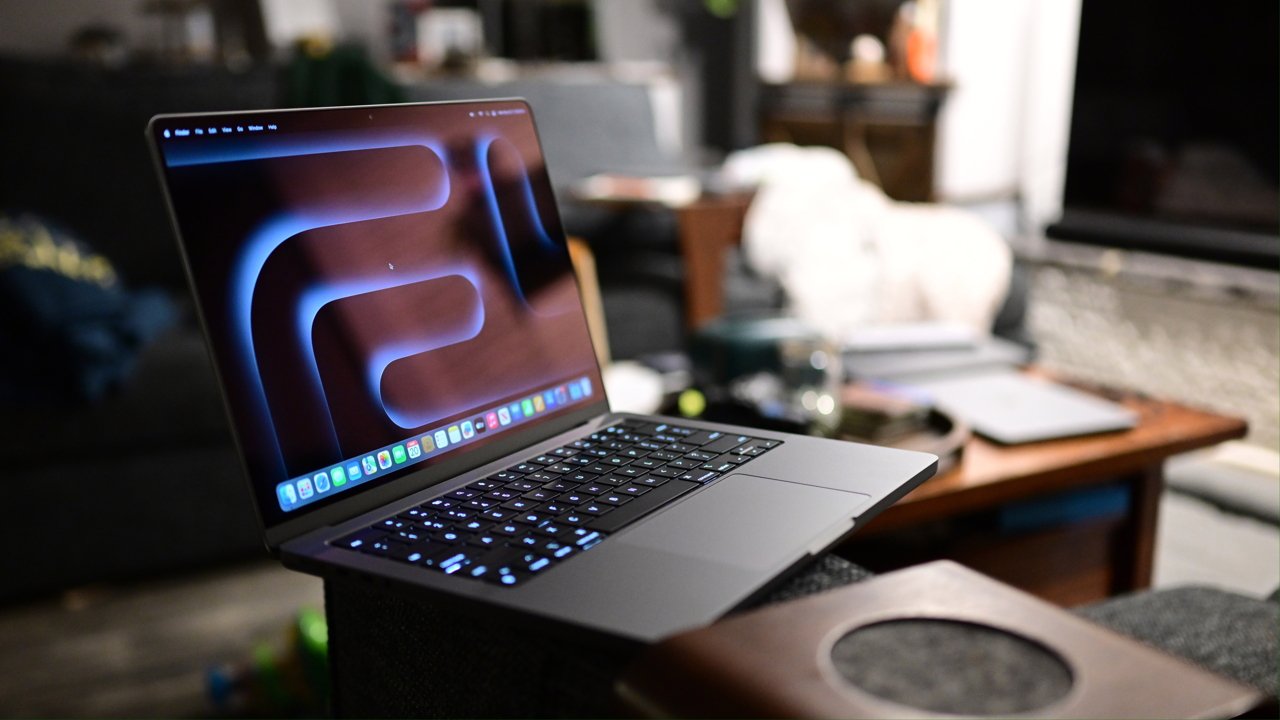

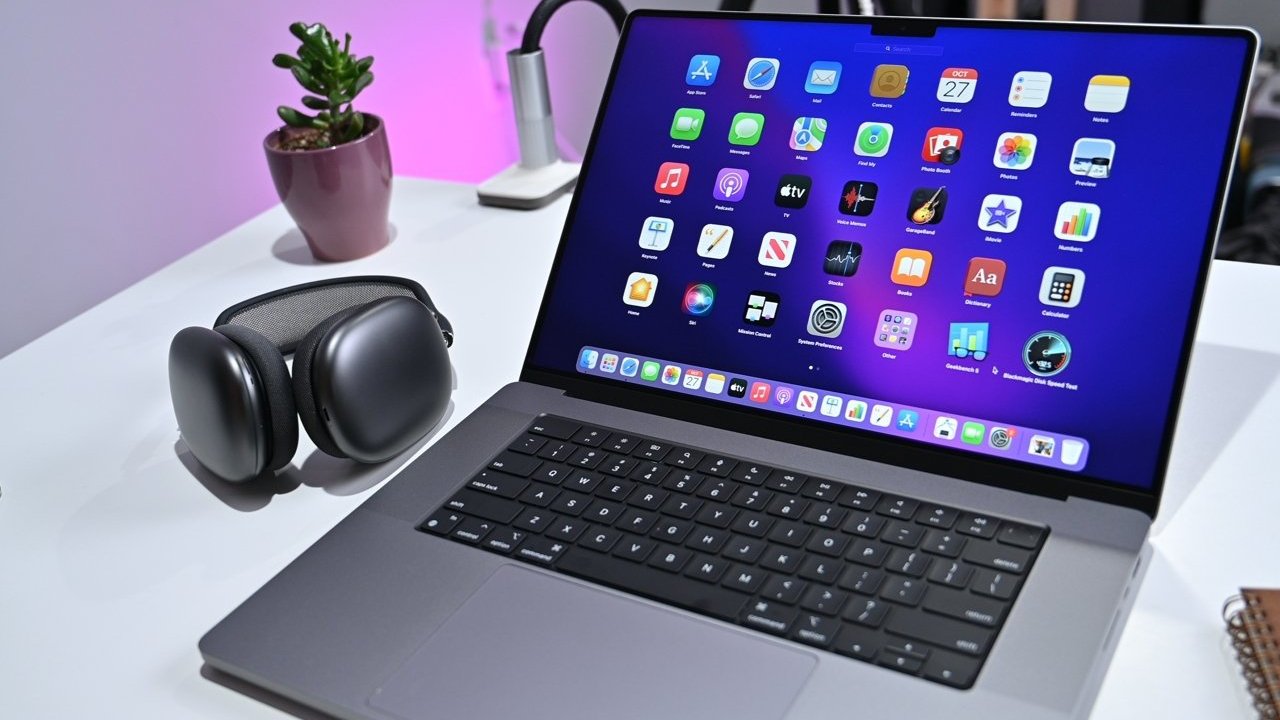
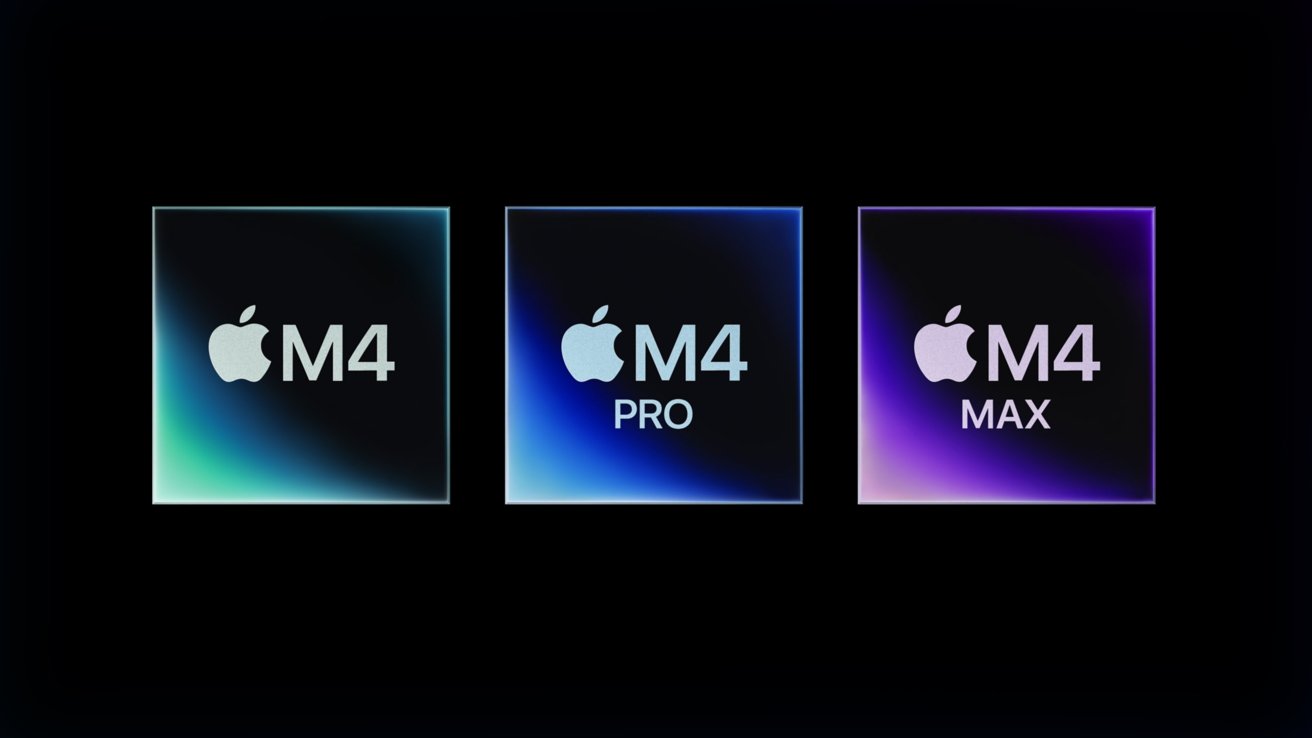

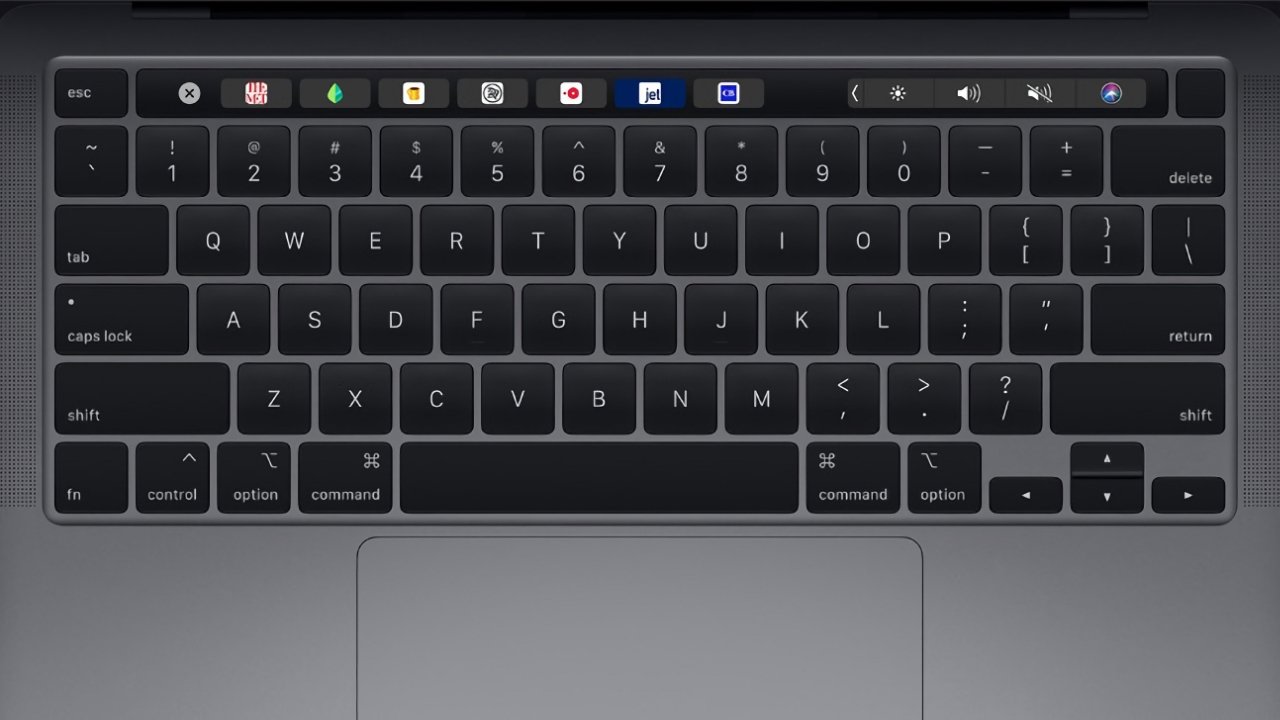
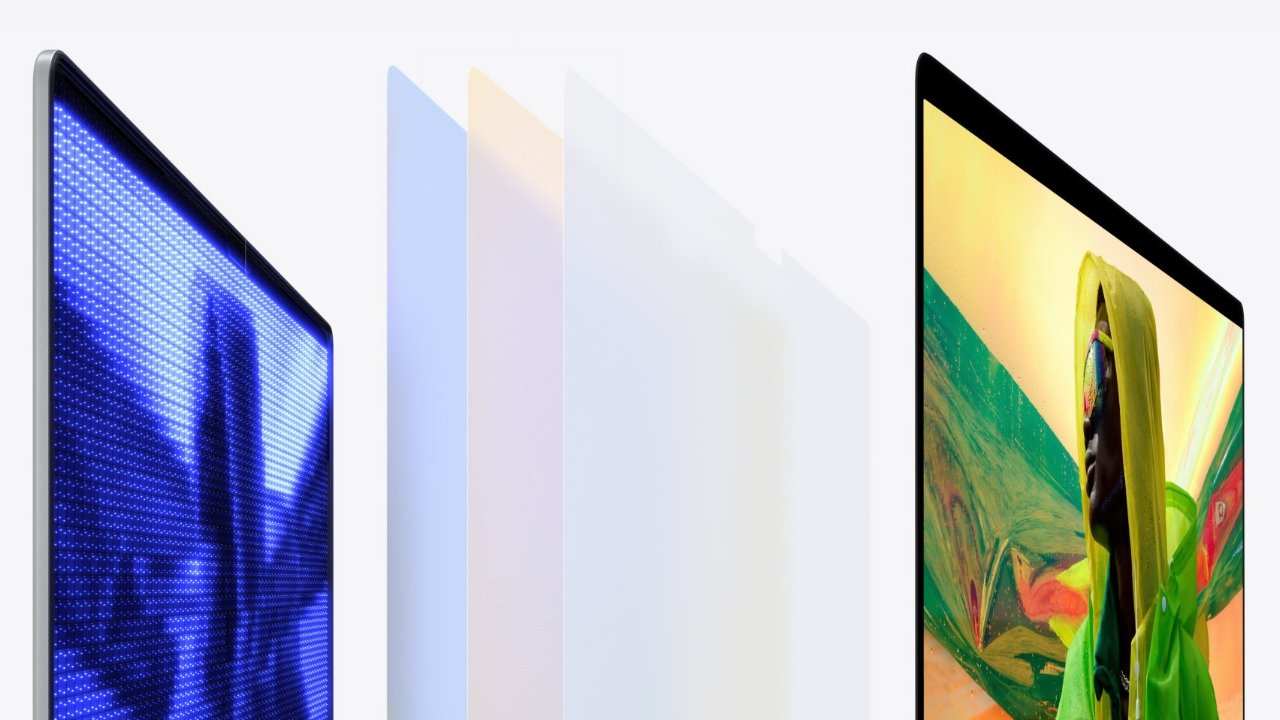

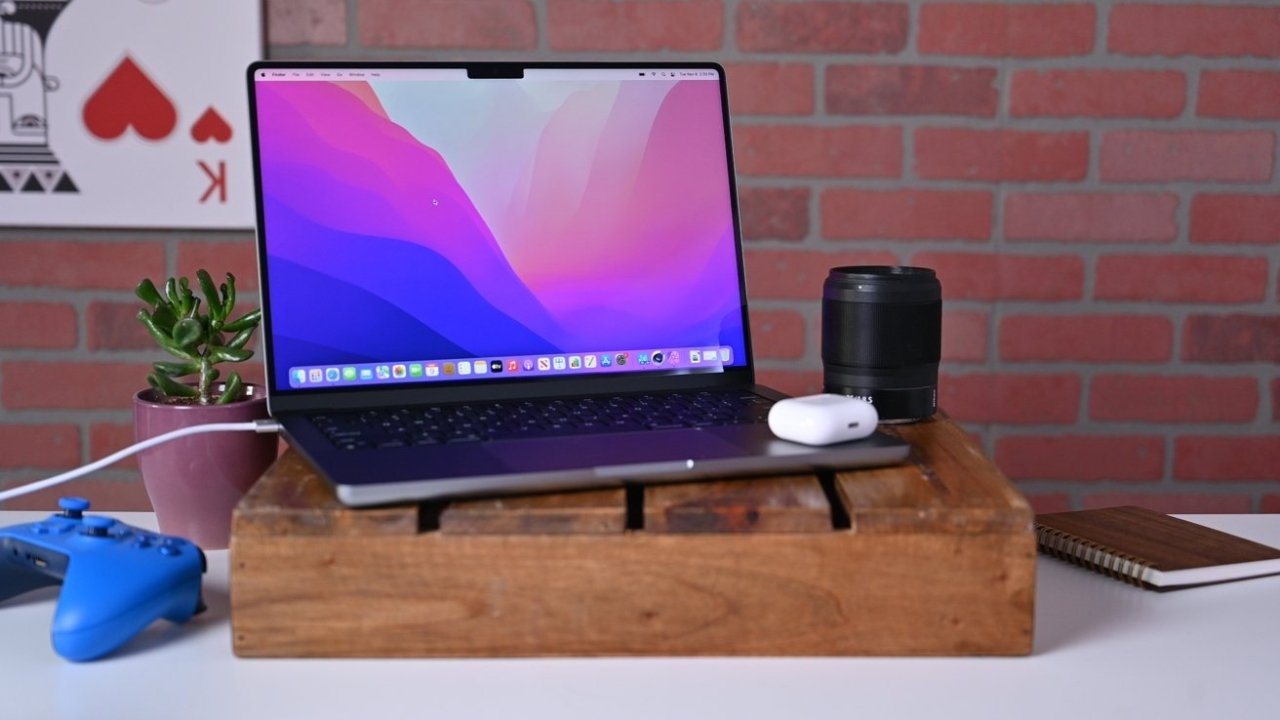
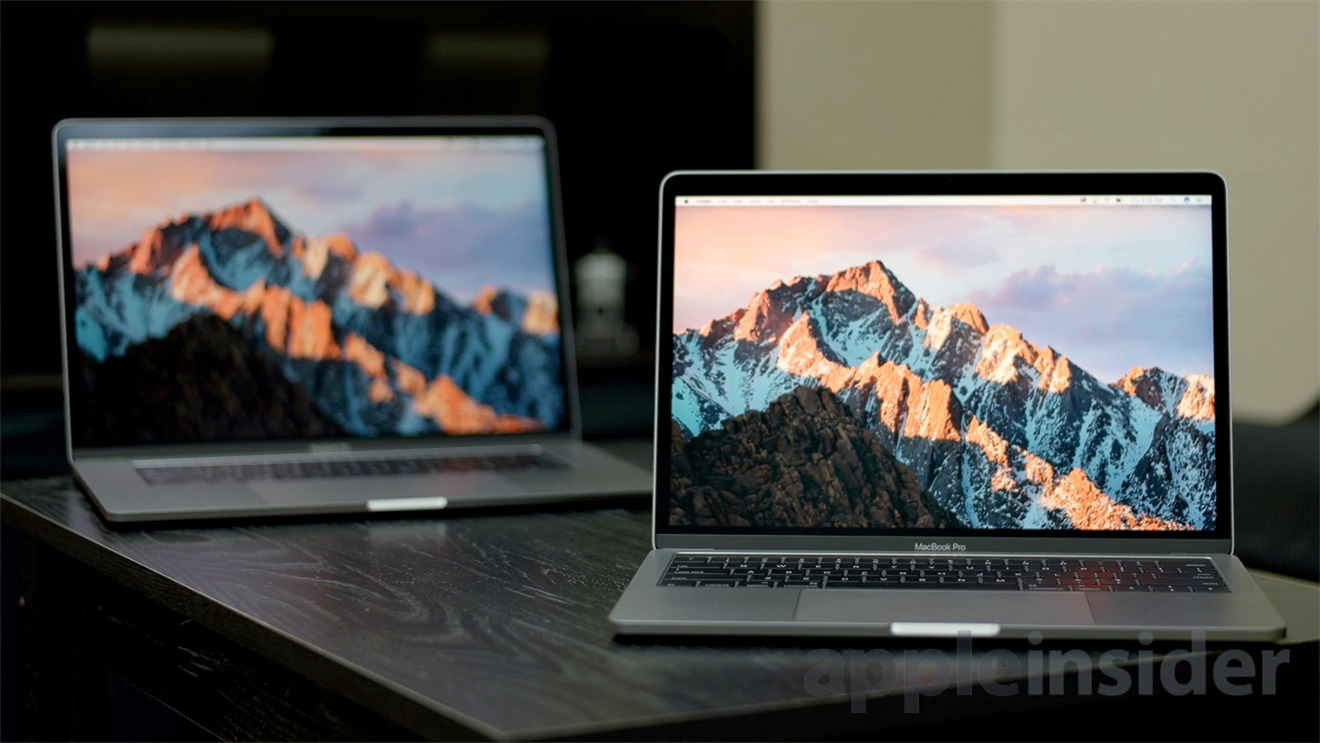
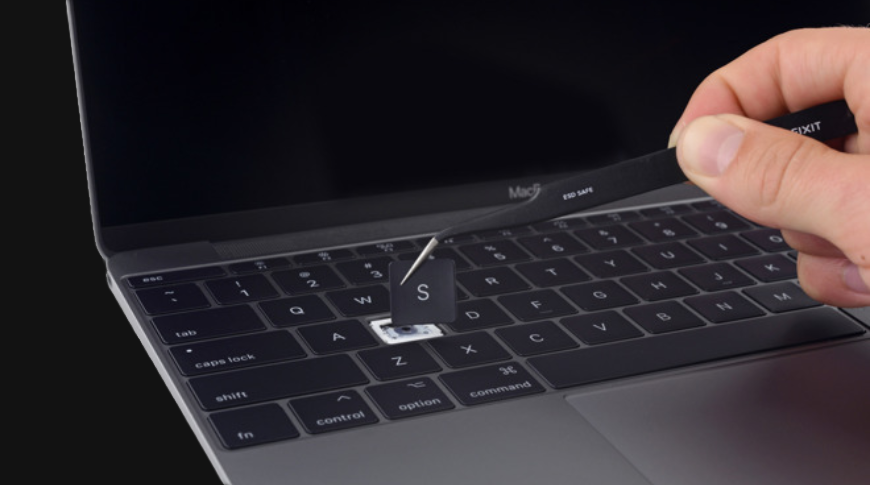
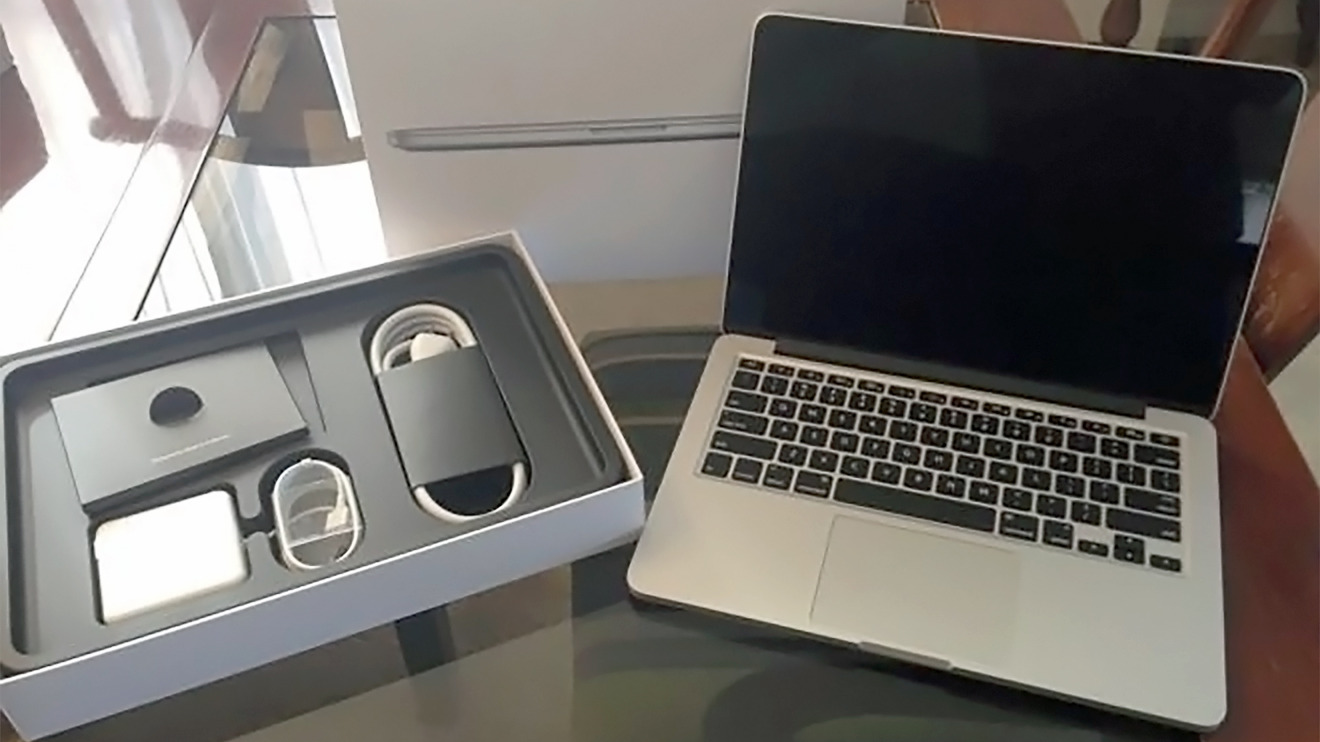
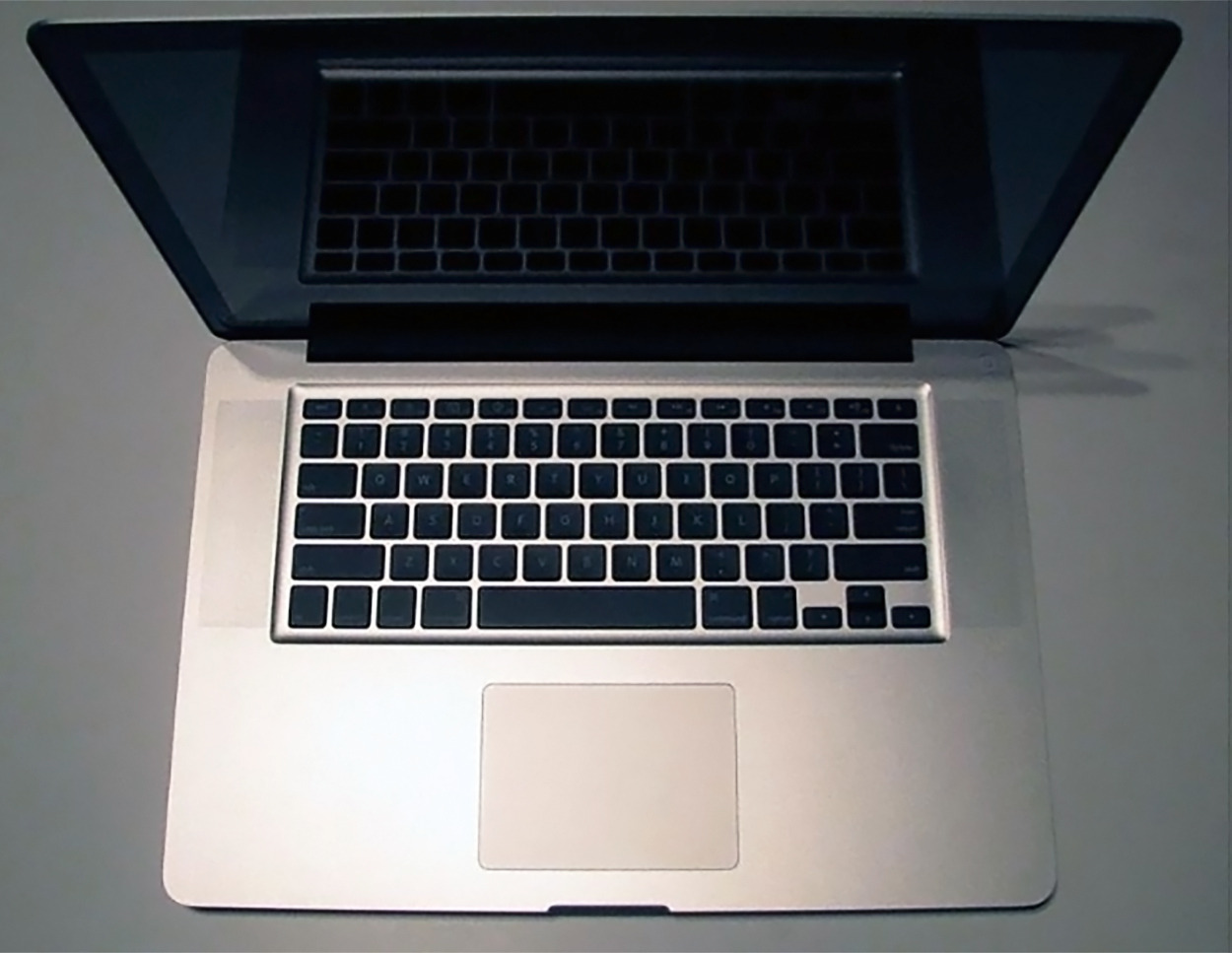
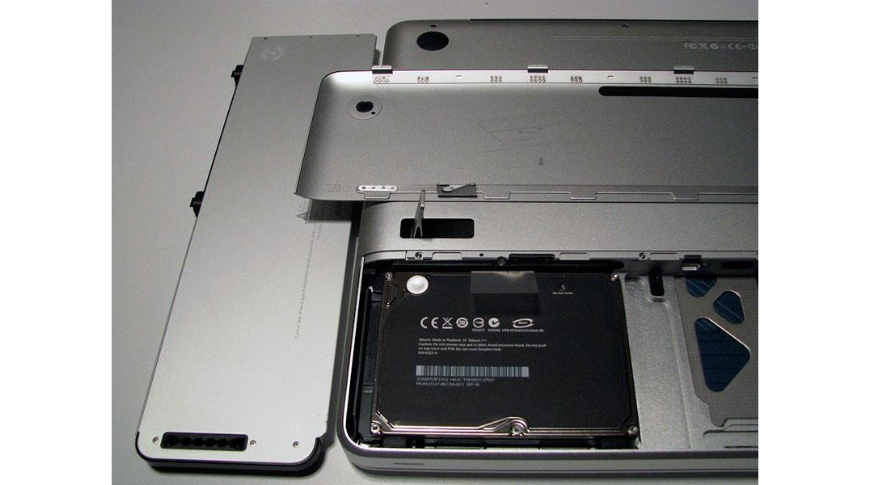
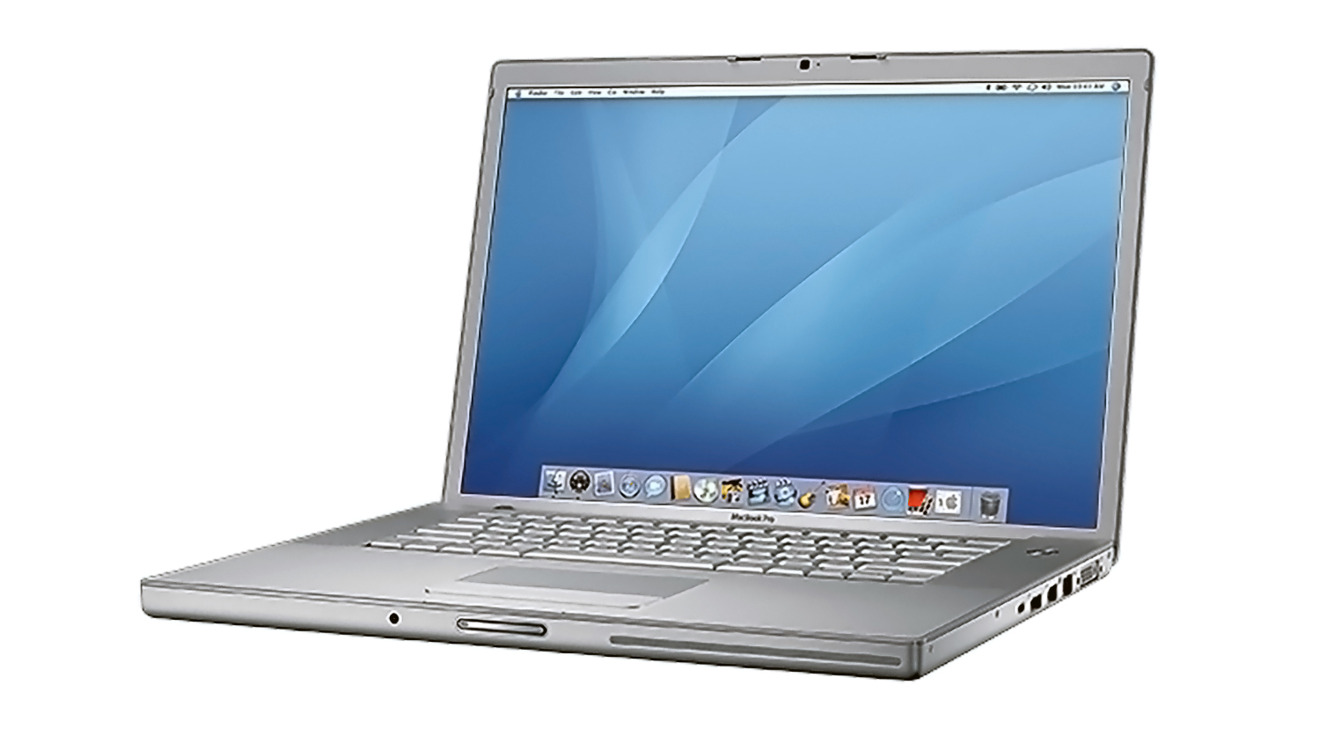
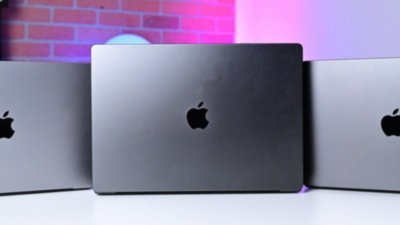
 Andrew Orr
Andrew Orr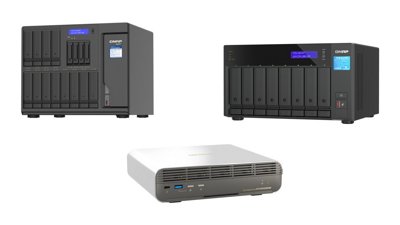


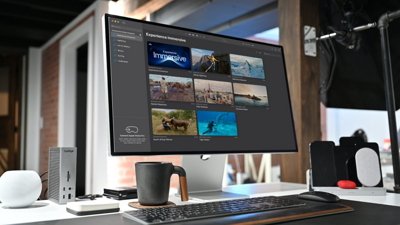
 Andrew O'Hara
Andrew O'Hara
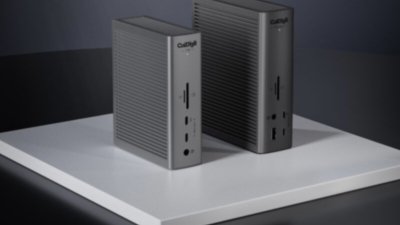



 Charles Martin
Charles Martin